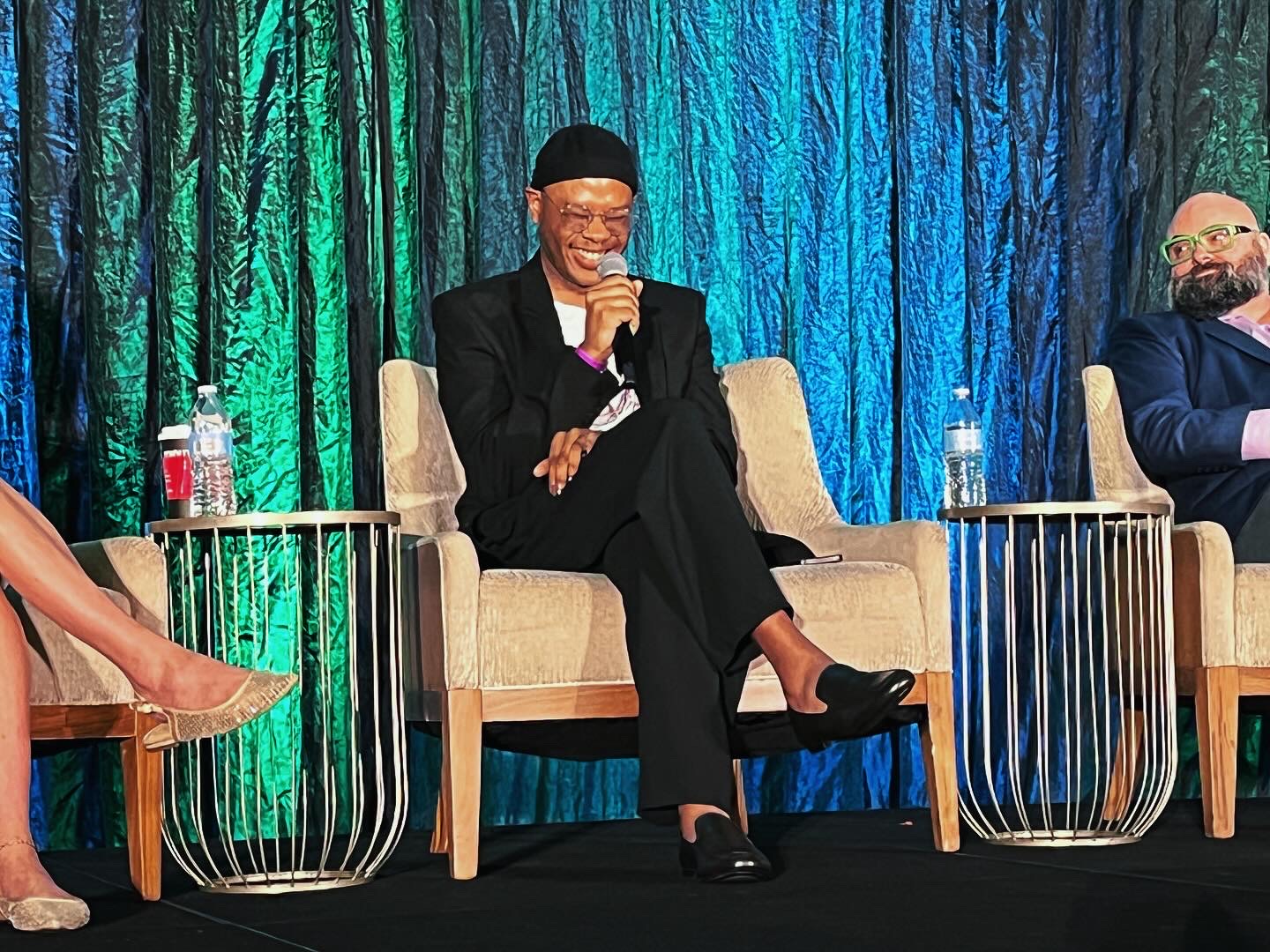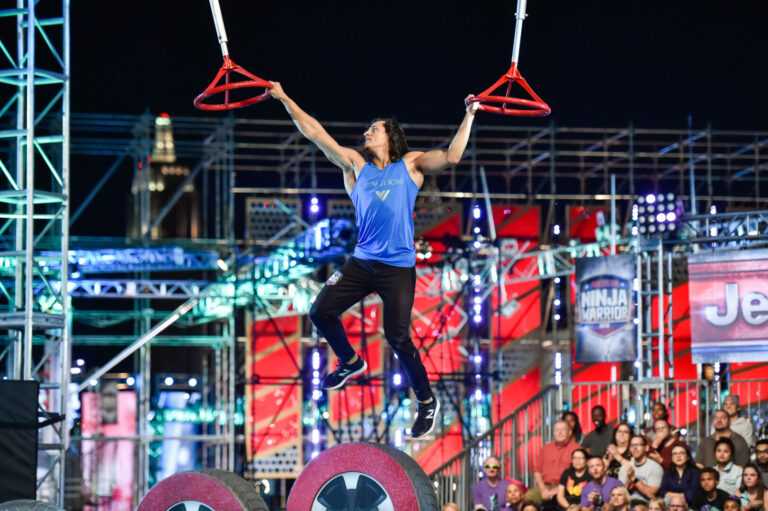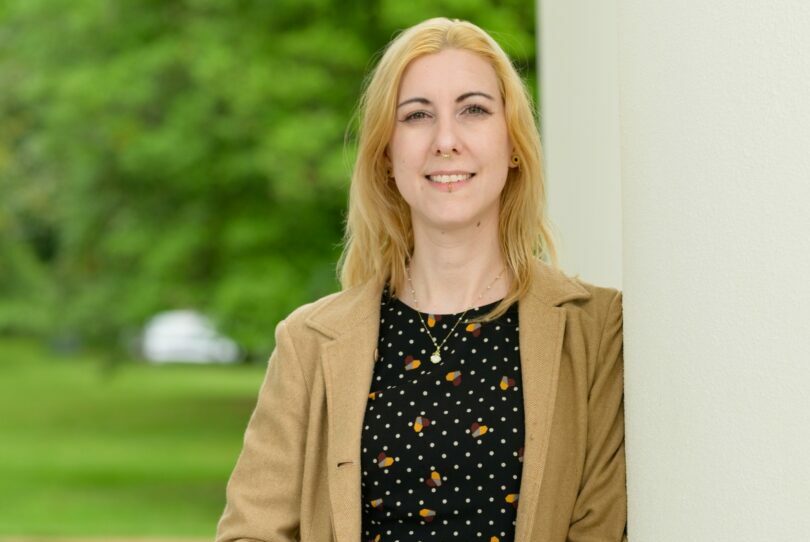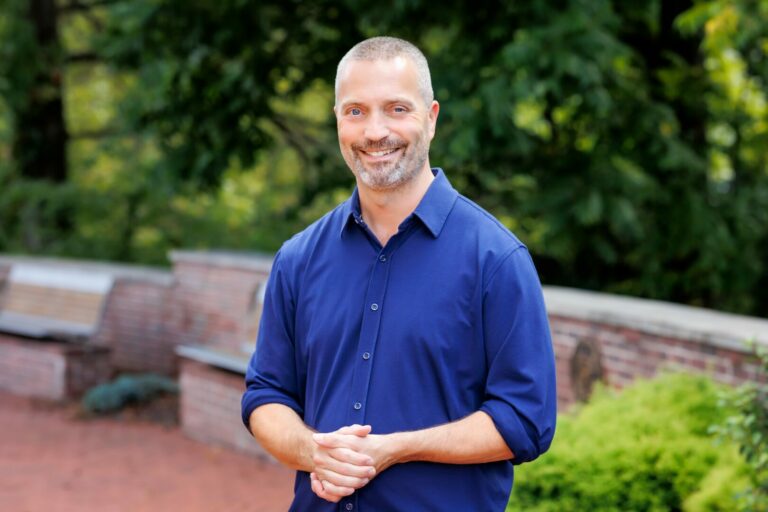We recently had the chance to connect with Carlton Bell II and have shared our conversation below.
Carlton, a huge thanks to you for investing the time to share your wisdom with those who are seeking it. We think it’s so important for us to share stories with our neighbors, friends and community because knowledge multiples when we share with each other. Let’s jump in: What is a normal day like for you right now?
A normal day for me is never really ‘normal’—it’s more of a balancing act, a constellation of roles that somehow orbit around each other. The first thing I do when I wake up is ground myself in ritual. I greet my ancestors, Elegua, Ogun, Ochoosi. I wake up my Ori. That moment of alignment sets the tone for everything else. After that, I’ll usually hop on my Peloton—it’s as much about clearing my head as it is about movement. It’s my way of reminding myself that wellness is not separate from the work, it’s part of it.
From there, my day really begins. I hold a full-time role as Program Associate at Third Wave Fund’s Sex Worker Giving Circle, so mornings often start with grantmaking, general admin, calls with community partners, or strategizing how we redistribute resources to folks on the margins. It’s work that keeps me accountable to the movements I come from.
But then there’s this parallel track: my life as a theatre and film producer, a director, a cultural organizer. By midday, I might be in rehearsal at The Tank, reviewing a budget for a short film, or on a call dreaming up strategy with collaborators in Birmingham or New Orleans. Some evenings are swallowed whole by tech rehearsals or producing logistics, other nights I’m in a writers’ room or in conversation with artists I deeply believe in.
There’s a rhythm to it—even if it feels chaotic, it’s all connected. My artistic practice is about weaving care, consent, and community into the work, whether that’s in a rehearsal room or in philanthropy. The ritual I start my day with—honoring spirit, tending to my body—carries me through the grind. It keeps me clear that all of this, the art and the organizing, is really about the same thing: creating spaces where Black queer brilliance doesn’t just survive, but thrives.
Can you briefly introduce yourself and share what makes you or your brand unique?
I usually introduce myself as a Southern, Black, queer producer, director, and cultural organizer. I’m based in New York now, but Birmingham, Alabama raised me — and that Southern grounding is the heartbeat of everything I do.
Right now my world is a braid of philanthropy, artmaking, and cultural work. On the philanthropy side, I serve as Program Associate for the Sex Worker Giving Circle at Third Wave Fund. That role keeps me accountable to movements that live on the margins of the margins. In an essay I wrote for NCRP, I talked about how sex worker–led organizing is too often pressured to ‘sanitize, shrink, and assimilate.’ At Third Wave, I get to push back against that and help move resources in ways that are bold, unapologetic, and rooted in community leadership.
As an artist, I move between theatre and film — producing, directing, intimacy choreographing. I’m part of The Tank’s Producers Cohort, which lets me experiment with how producing can feel more like care and less like gatekeeping. Out of that came My Black Job Productions, a new platform I launched to center Black queer artists with salons, readings, and residencies. At the same time, I’m Director of Development for Donja R. Love’s Write It Out! program, which supports artists living with HIV, and I serve as Vice President of Finance for the Southeastern Theatre Conference, where I get to advocate for access and opportunity in the region I call home.
All of this is held by my work as a cultural organizer. I trained at the Highlander Research & Education Center — the same place where leaders like Rosa Parks and Angela Davis sharpened their organizing. Highlander taught me that art and organizing are never separate: both are about shifting power, building capacity, and creating containers for transformation. That framework has shaped how I approach every room, whether it’s a rehearsal, a board meeting, or a grantmaking table.
If there’s one thing I want folks to take away, it’s that my work isn’t just about putting on shows or moving money. It’s about weaving together art, philanthropy, and organizing into something that feels like liberation in practice. I want to build ecosystems where Black queer artists can thrive — not just survive, not just get a seat at the table, but actually reshape the table itself.
Amazing, so let’s take a moment to go back in time. Who saw you clearly before you could see yourself?
I’ve been carried forward by people who saw me long before I could see myself. Aija Penix was one of the first to name my leadership. She reminded me I wasn’t just someone who could hold space, but someone who could create new ones. Her faith in me cracked open a possibility I didn’t yet have language for.
Jamil Jude gave me my first glimpse of what institutional leadership could look like. Watching him at True Colors Theatre Company — balancing vision, artistry, and responsibility — showed me that a Southern Black queer artist could take up space in rooms that weren’t built for us and still stay grounded.
The late Michael Dinwiddie uplifted me by connecting my work to a larger lineage. His scholarship and advocacy made me understand that I wasn’t an outlier — I was part of a continuum of Black theatre makers who have always been here, shaping the form.
Marc Raby trusted me with projects like “Steel Magnolias” when I was still doubting myself. His belief in me as both a director and a producer gave me the courage to step into roles I didn’t know I could hold.
Dr. Monica White Ndounou and the Craft Institute have taught me that building art means building ecosystems — structures that sustain us and make our futures possible. Dr. Candi Dugas has been a spiritual compass, reminding me that art, justice, and ministry are inseparable, that what I create should always be in service of wholeness.
Ricky Ramón sharpened me as an artist and organizer. His insistence on rigor, on discipline, pushed me to bring more integrity and courage to every space I enter.
And at home, my comrades at Birmingham Black Repertory Theatre Collective — Devin Ty Franklin, David H. Parker, and Jada Cato — saw BBRTC before it had a name. Together, we built a container for Southern Black theatre out of little more than imagination and determination. They helped me understand that collective vision is as real and powerful as any institution.
I also have to name Chris and Tiffany Gilly-Forrer, who have walked beside me in the trenches. Their comradeship, their commitment to this work, made me feel less alone in the hardest stretches of building. They remind me that community isn’t just who cheers you on, it’s who stands next to you when things get heavy.
Each of these people held a mirror up to me at different moments and reflected back a version of myself I wasn’t ready to claim — visionary, brave, worthy of trust. Their belief has become part of my own belief, and I carry them into every room I walk into.
If you could say one kind thing to your younger self, what would it be?
I would tell my younger self: ‘Baby, you are enough exactly as you are.’ For so long I thought I had to earn worthiness — by overworking, by being perfect, by shrinking parts of myself to make other people comfortable. I’d want that younger version of me to know that queerness, Southernness, Blackness, all the contradictions and complexities — they aren’t flaws to fix, they’re the very things that make you whole.
I’d tell them: trust your rhythm. Trust that the stories you grew up with on porches in Birmingham, the rituals you’re still learning to lean into, the communities you find along the way — they will carry you further than you ever imagined. And I’d remind them that joy isn’t a reward for surviving. Joy is your birthright.
Next, maybe we can discuss some of your foundational philosophies and views? What are the biggest lies your industry tells itself?
One of the biggest lies our industry tells itself is that it’s progressive just because it’s artistic. We like to imagine that theatre and film are naturally more inclusive or forward-thinking, but the truth is, the same structures of capitalism, racism, and respectability politics live here too. They just get dressed up in rehearsal rooms and galas.
Another lie is that scarcity is inevitable — that there’s never enough money, never enough space, never enough support. I’ve seen firsthand in philanthropy and producing that the resources are there; what’s missing is the will to distribute them equitably and to trust artists who don’t fit neatly into the traditional mold.
And then there’s the lie that artists should be grateful for whatever crumbs they get. I reject that. Black queer artists, Southern artists, sex worker artists — we’ve been carrying this industry with our brilliance while being underpaid, under-credited, or erased. The lie is that we don’t belong at the center. The truth is, without us, there is no center.
Okay, so before we go, let’s tackle one more area. What are you doing today that won’t pay off for 7–10 years?
What I’m doing right now is the kind of work that doesn’t show results overnight. I’m planting seeds for an artistic economy in the South that can sustain itself for generations. For me, that means buying back the block — reclaiming space, resources, and infrastructure that have historically been denied to us, and reinvesting them directly into Black queer artistry.
Through My Black Job Productions, BBRTC, and my work in philanthropy with Third Wave Fund, I’m experimenting with how we build creative capital — not just shows or seasons, but actual economic ecosystems where artists can live, work, and thrive in the South without having to leave home to be valued.
I’m also deeply interested in sowing seeds for a new generation of Black philanthropists who see art as central to liberation. I want to help shift the narrative so that our communities not only receive resources but also become the resource — thriving, giving, building capacity, and shaping the future of cultural funding.
So in 7–10 years, what I hope pays off is this: a Southern landscape where Black queer artists don’t just survive on scraps, but thrive inside of an ecosystem we built ourselves — rooted in ritual, community, and generosity. A landscape where someone younger than me can walk into a theatre, a fund, a collective and say, ‘of course this was always here for me.
Contact Info:
- Website: https://carltonvbell.com
- Instagram: @myblackjobproductions
- Other: https://linktr.ee/carltonvbell

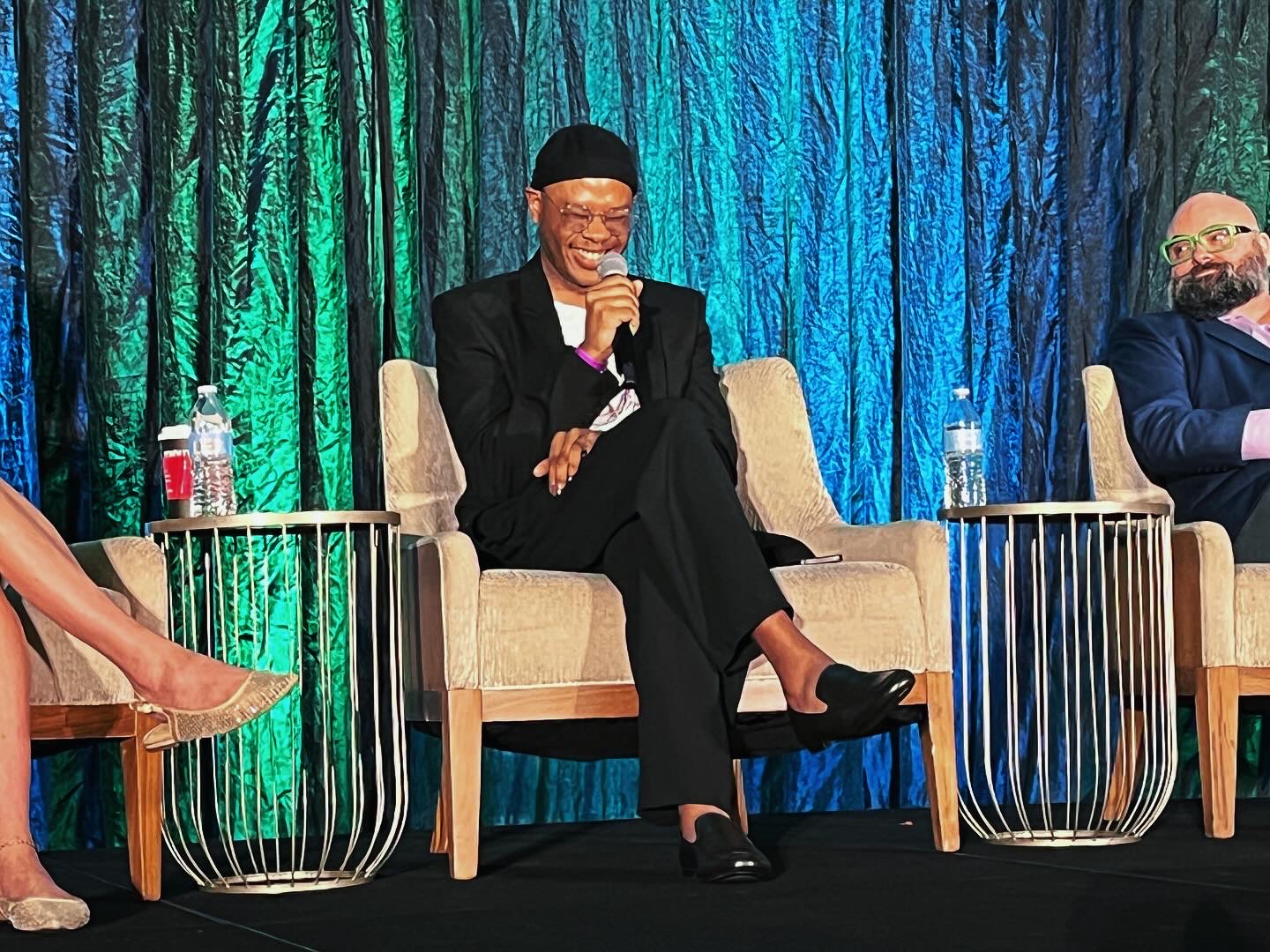
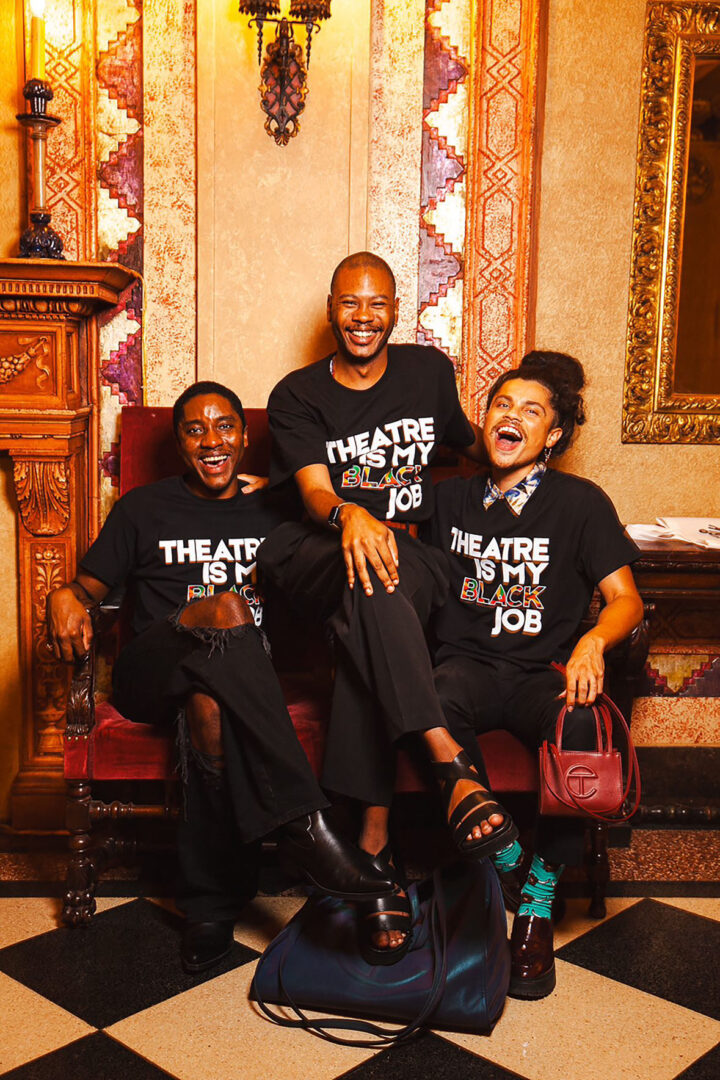

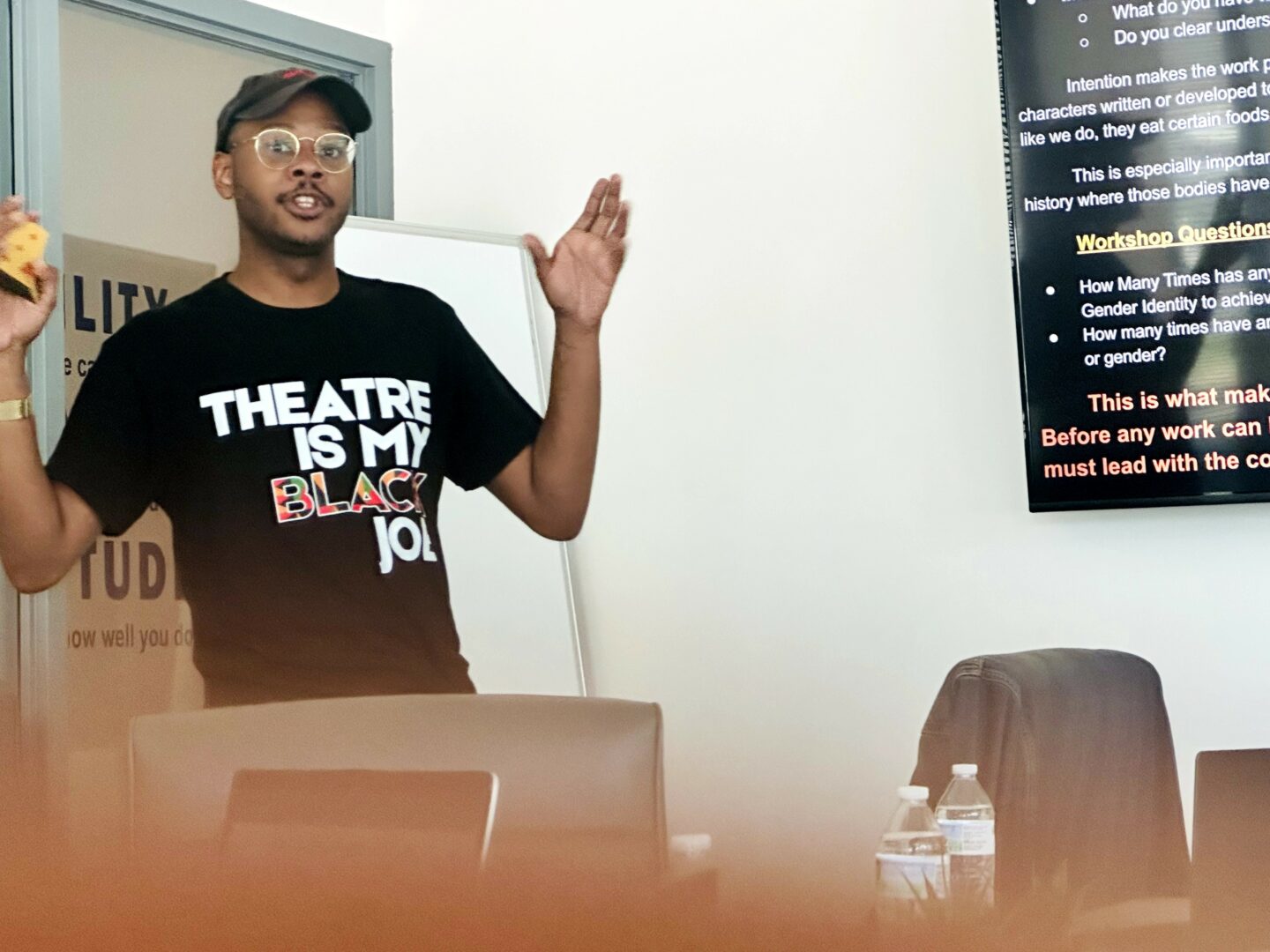
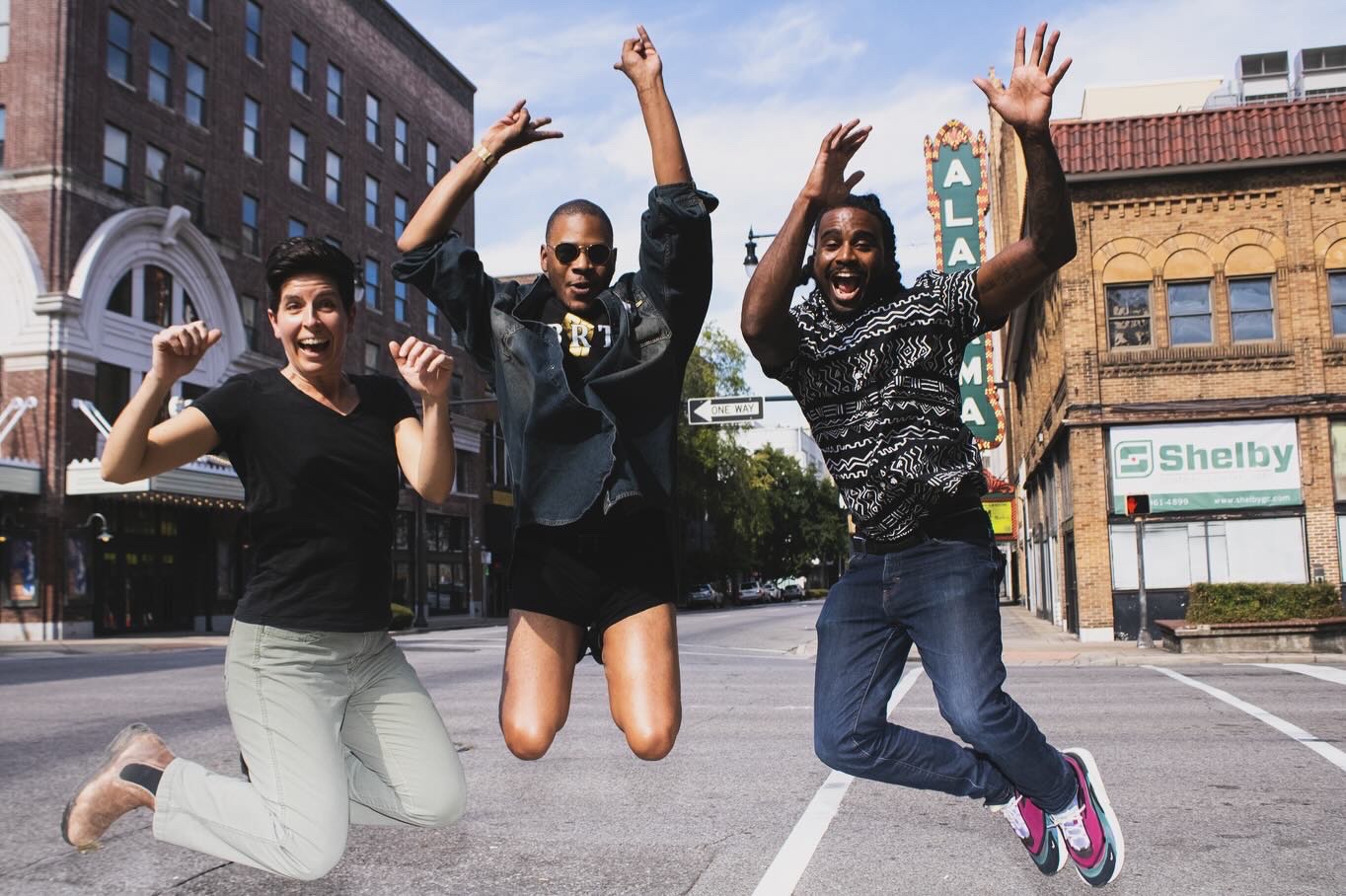
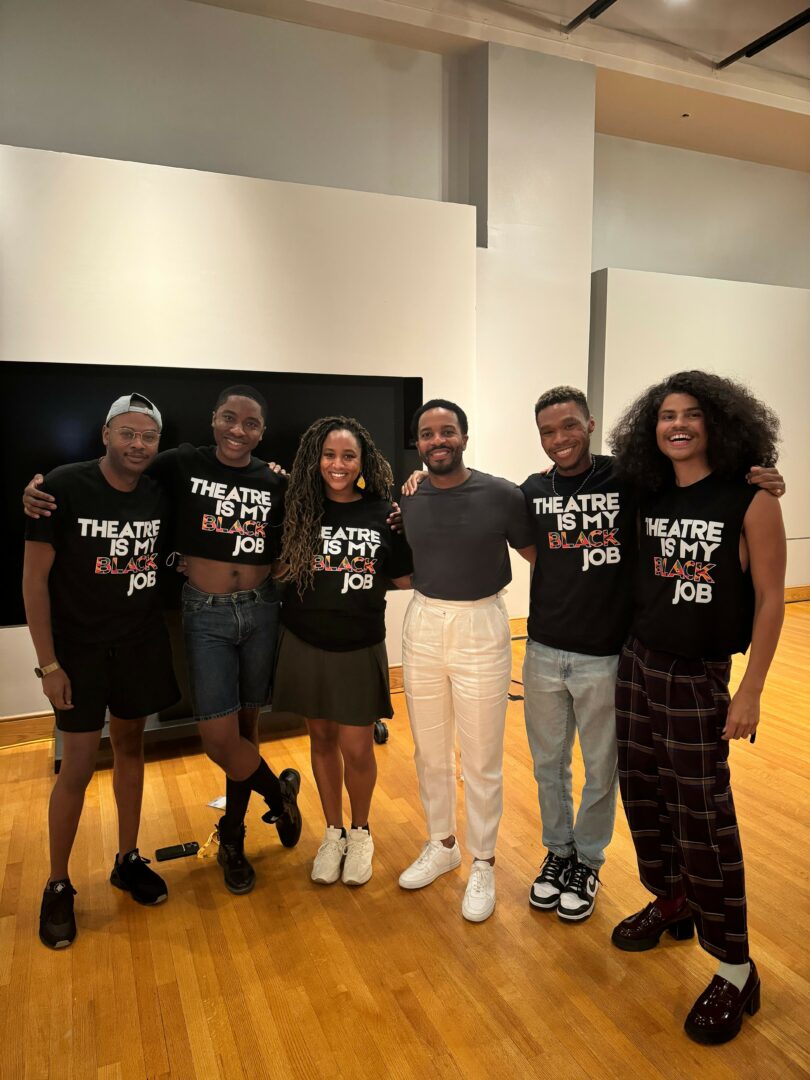
Image Credits
Dez Wilson
Jonathan Elijah
Brandon Nick
so if you or someone you know deserves recognition please let us know here.

